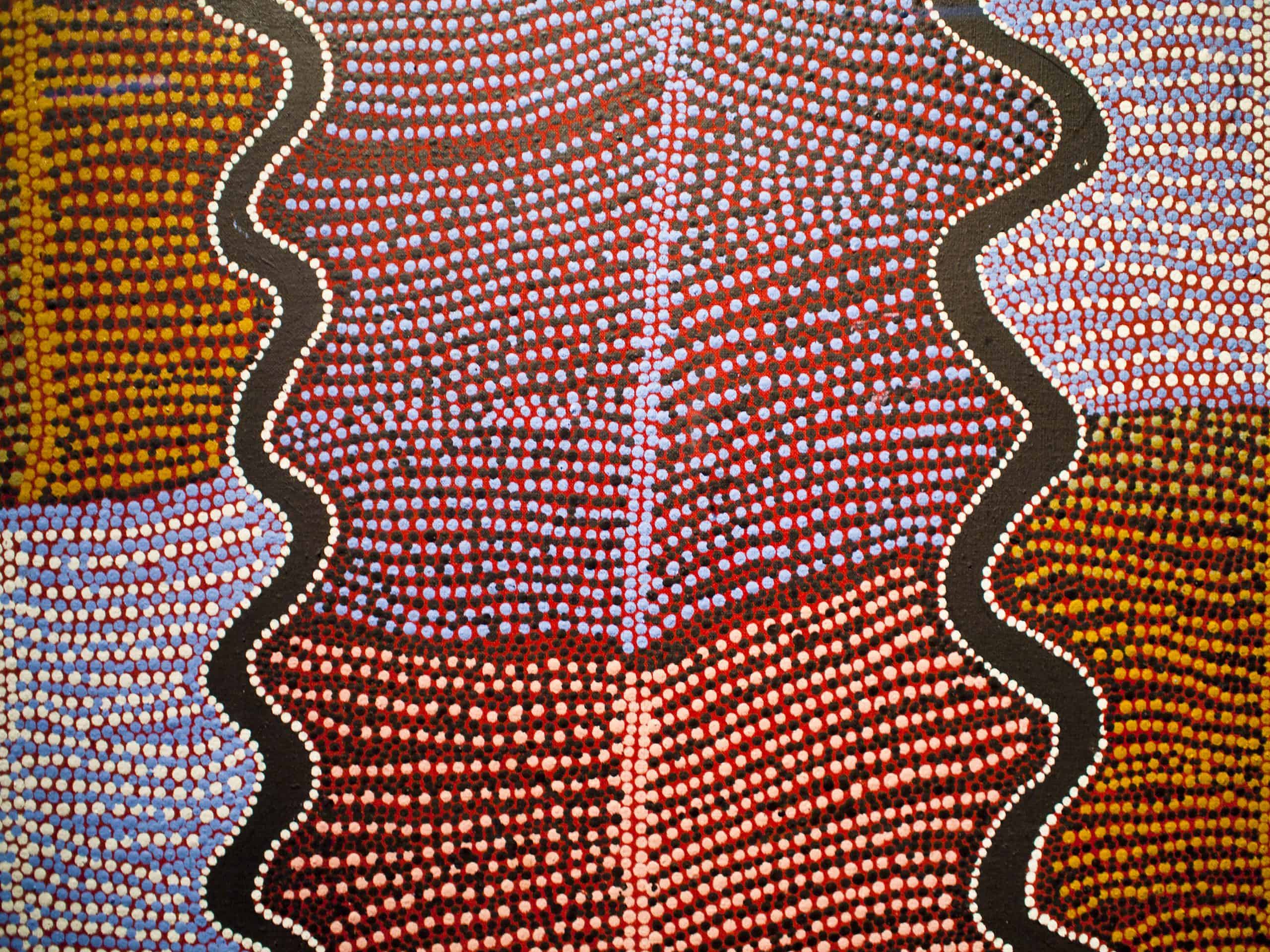
Aboriginal art of outback Australia Small group tours Odyssey Traveller
Aboriginal art is the name given to the art made by the native people of Australia. As well as rock paintings, it includes sand painting, rock and wood carving, and paintings on leaves. The oldest Aboriginal art is thought to be about 40,000 years old. The Aborigines may have lived in Australia for about 125,000 years.
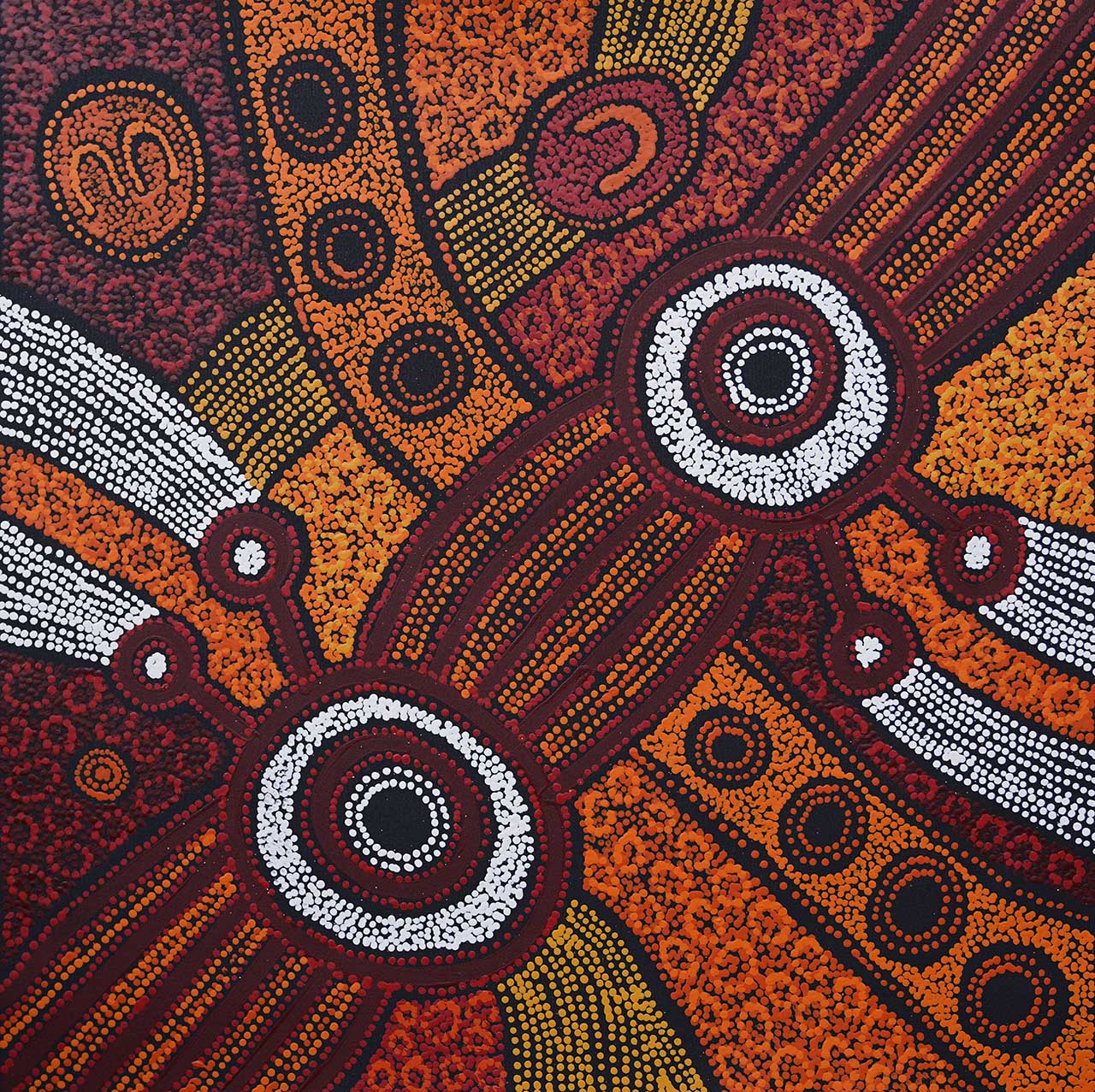
Aboriginal Art Facts History & Information Japingka Gallery
Australian Aboriginal artefacts include a variety of cultural artefacts used by Aboriginal Australians. Most Aboriginal artefacts were multi-purpose and could be used for a variety of different occupations. Spears, clubs, boomerangs and shields were used generally as weapons for hunting and in warfare. Watercraft technology artefacts in the.
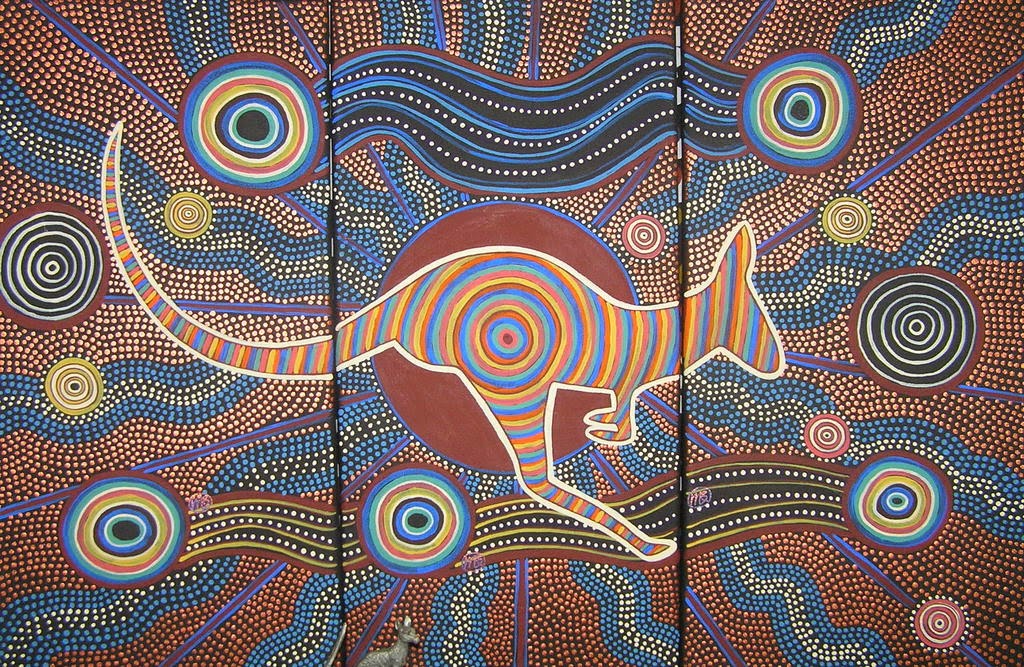
Australian Aboriginal Arts The Deep Secret Mysteries Weird Interesting Facts
The development of Indigenous art in Canada is in many ways more complex than that of the relatively recent European settlers, and may be divided into three distinct periods: prehistoric art, contact or "historic" art, and contemporary Indigenous art.

Australian aboriginal art styles dot and x ray Art handouts, Art room posters, Art basics
This includes rock painting, dot painting, rock engravings, bark painting, carvings, sculptures, and weaving and string art. Rock painting Dot paintings from Namadgi National Park showing a Kangaroo, Dingoes, Echidna and a Turtle, A painting of Baiame in "Baiame's cave", near Singleton, NSW.

Pin on Art of Indigenous peoples
Fact 1: The Indigenous Aboriginal arts and cultures of Australia are the oldest living cultures in the world! One of the reasons they have survived for so long is their ability to adapt to change. Fact 2: The earliest Indigenous art was paintings or engravings on the walls of rock shelters and caves which is called rock art.
Art. Paper. Scissors. Glue! Aboriginal Dot Paintings
Aboriginal art is based on important ancient stories: even contemporary Aboriginal art, is based on stories (Jukurrpa) and symbols centred on 'the Dreamtime' - the period in which Indigenous people believe the world was created.

Mei's History of Art Series 2 Native Art
Aboriginal artworks are some of the oldest in the world. Rock paintings from the Kimberley's Carpenter's Gap have been dated at 40,000 years old, and the concentric circle art of central Australia is thought to be the oldest continuing art tradition in the world. While there is a long history of Aboriginal and Torres Strait Islander art in.
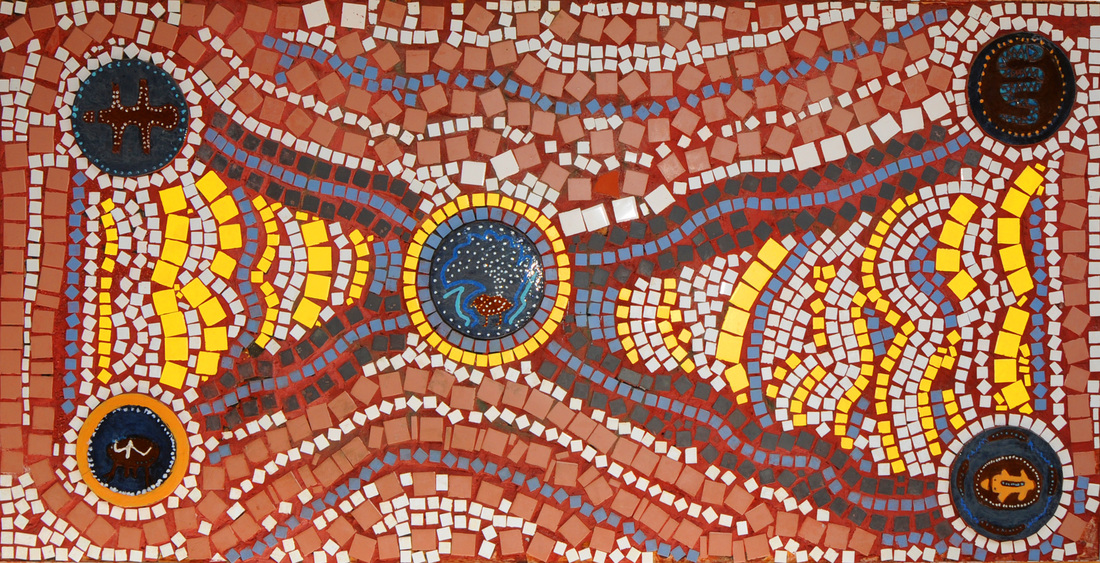
Facts About Aboriginal Art
Traditional Indigenous art There are several types of and methods used in making Aboriginal art, including rock painting, dot painting, rock engravings, bark painting, carvings, sculptures, weaving and string art. Australian Aboriginal art is the oldest unbroken tradition of art in the world. [2] [3] Stone art

Aboriginal Art, History and Culture of the Kamu people. Aboriginal art, Aboriginal, Art
Australia - Art, Aboriginals, Colonization: At the time that Europeans arrived, Australia's Aboriginal people had long-standing traditions in the visual arts, including rock art (painted or carved rocks), bark painting, sand sculpture, wood sculpture, and body decoration (usually painting and scarification). Some Aboriginal artists subsequently continued these traditions without alteration.

What Do Circles Represent In Aboriginal Art Design Talk
Jessica Poulter 23 October 2016 Aboriginal art is the oldest form of artistic expression in the world. Art cavings found in the Northern Territory's Arnhem Land dates back at least 60,000 years. Using soil and rocks, artists are able to produce carvings, ground designs and paintings.
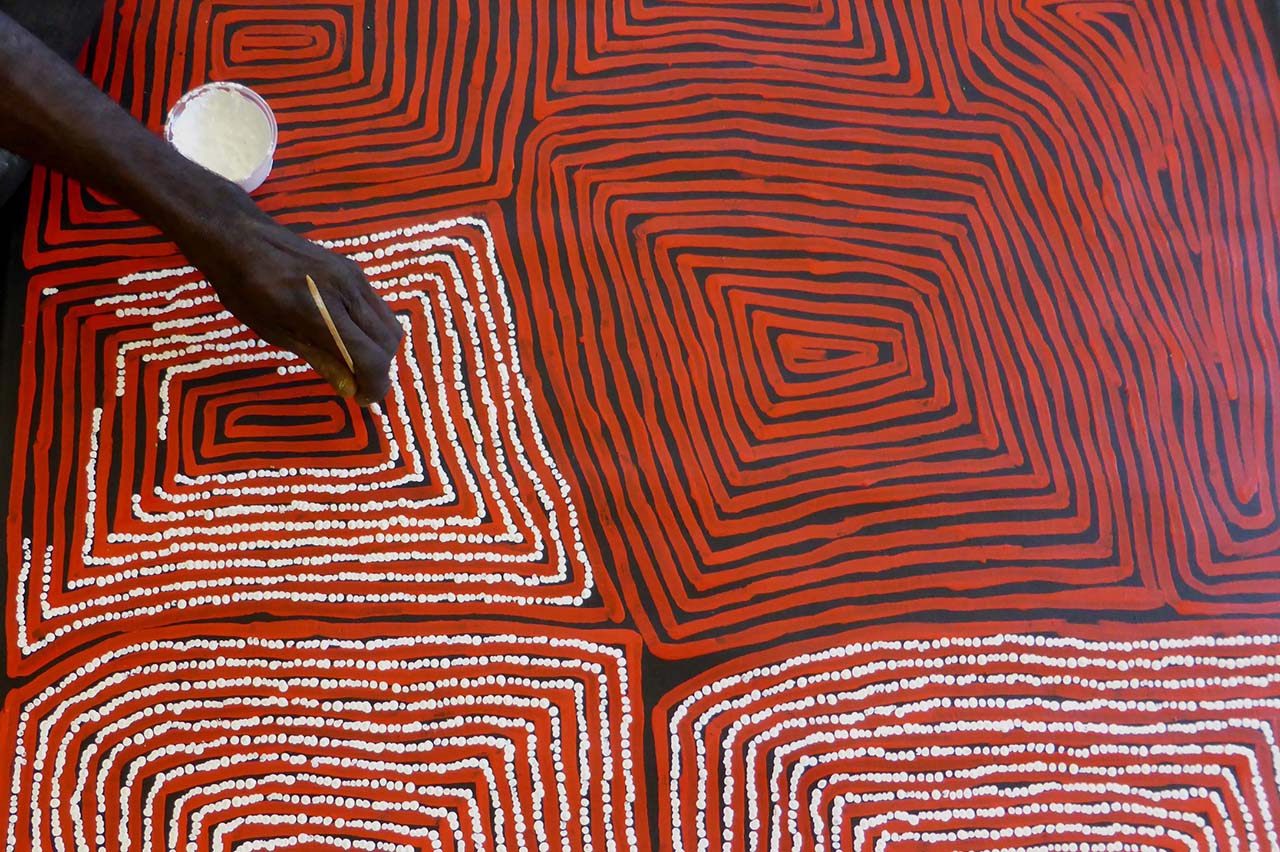
Facts About Aboriginal Art Japingka Gallery Vrogue
Australian Aboriginal art is one of the oldest living artforms known to man, dating back 80,000 years. Archaeologists have since discovered rock art made with ochres, a natural clay earth pigment, that depicted narratives through symbols and icons since there was no written language at the time.

Aboriginal Art, Facts, Aboriginal History & Information on the didgeridoo Didgeridoo Breath Blog
One of the distinguishing features of the collection is its contemporary Inuit art, with an emphasis on work produced in Canada since 1948. Among the more than 5,000 objects in the Gallery's holdings are some 2,800 sculptures, 1,300 prints, 700 drawings and a selection of wall hangings. The AGO's current collecting focus is on new Inuit.

Aboriginal Art Cosmos And Iconography
1) Australian Aboriginal art is regional in style, it gets its form and content from the local Aboriginal culture which is distinctive from one area to the next. 2) Aboriginal art is based on stories and knowledge that is being passed down through the generations - it is a way to communicate meaning and ideas about important cultural and.

Aboriginal Colors Aboriginal art animals, Aboriginal art, Aboriginal
Indigenous art is as varied as the nations or tribes that exist in North America although there are some regional similarities. The development of Indigenous art in Canada had three distinct periods: prehistoric art, contact or "historic art," and contemporary aboriginal art. From images on rock, animal skin, wood and the use of clay and.

DNAAG Aboriginal Art Gallery Aboriginal art, Aboriginal dot art, Aboriginal art for kids
Indigenous art is centered on story telling. It is used as a chronical to convey knowledge of the land, events and beliefs of the Aboriginal people. The use of symbols is an alternate way to writing down stories of cultural significance, teaching survival and use of the land. The interpretations of the iconography differ depending on the audience.

Australia's Top End Aboriginal rock art in Kakadu National Park
The history and origins of Australian Aboriginal art are a testament to the resilience, creativity, and spiritual depth of the Indigenous peoples of Australia. Their art, a vibrant blend of ancient motifs and contemporary themes, serves as a bridge connecting us to the timeless narratives of a land and its first inhabitants.